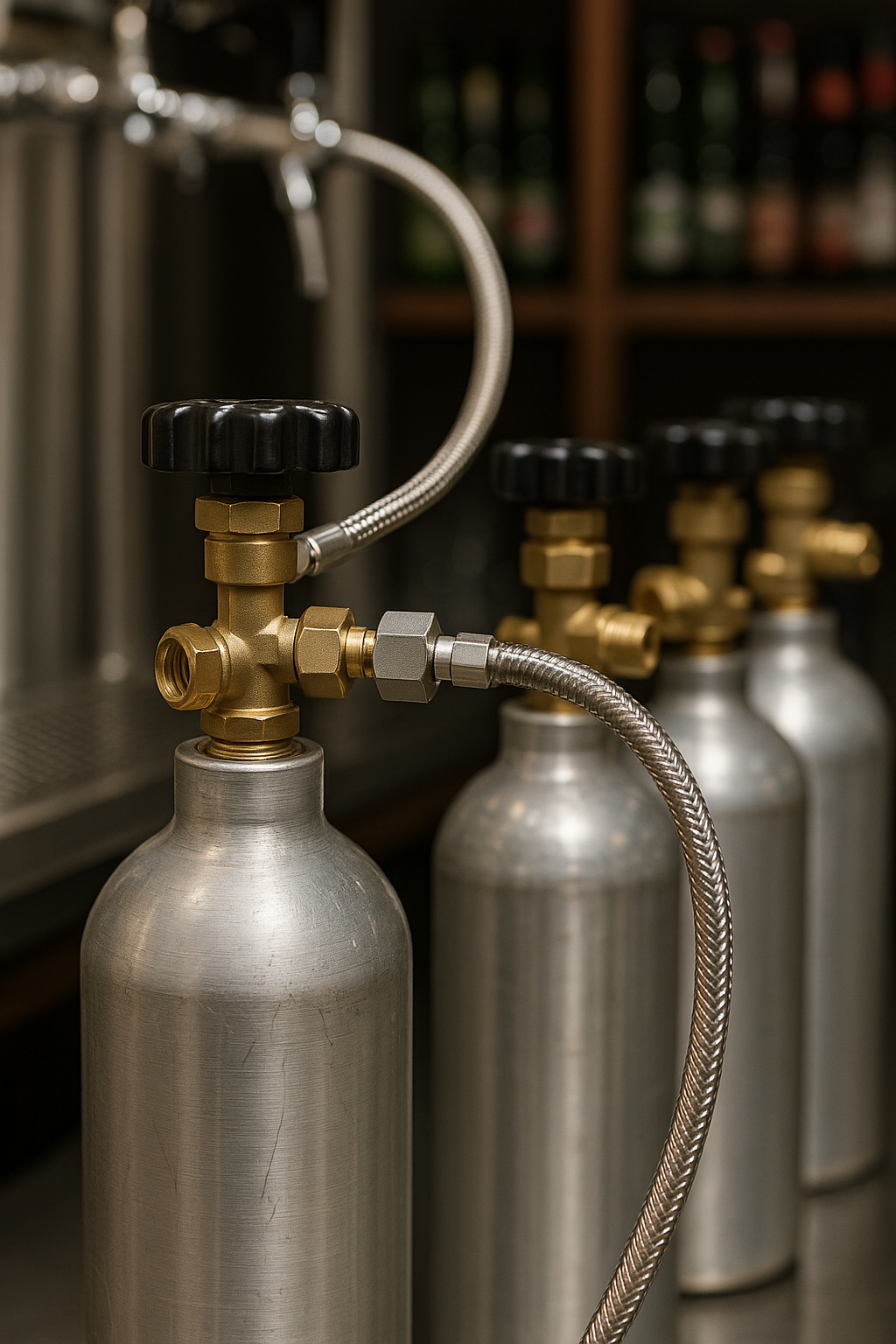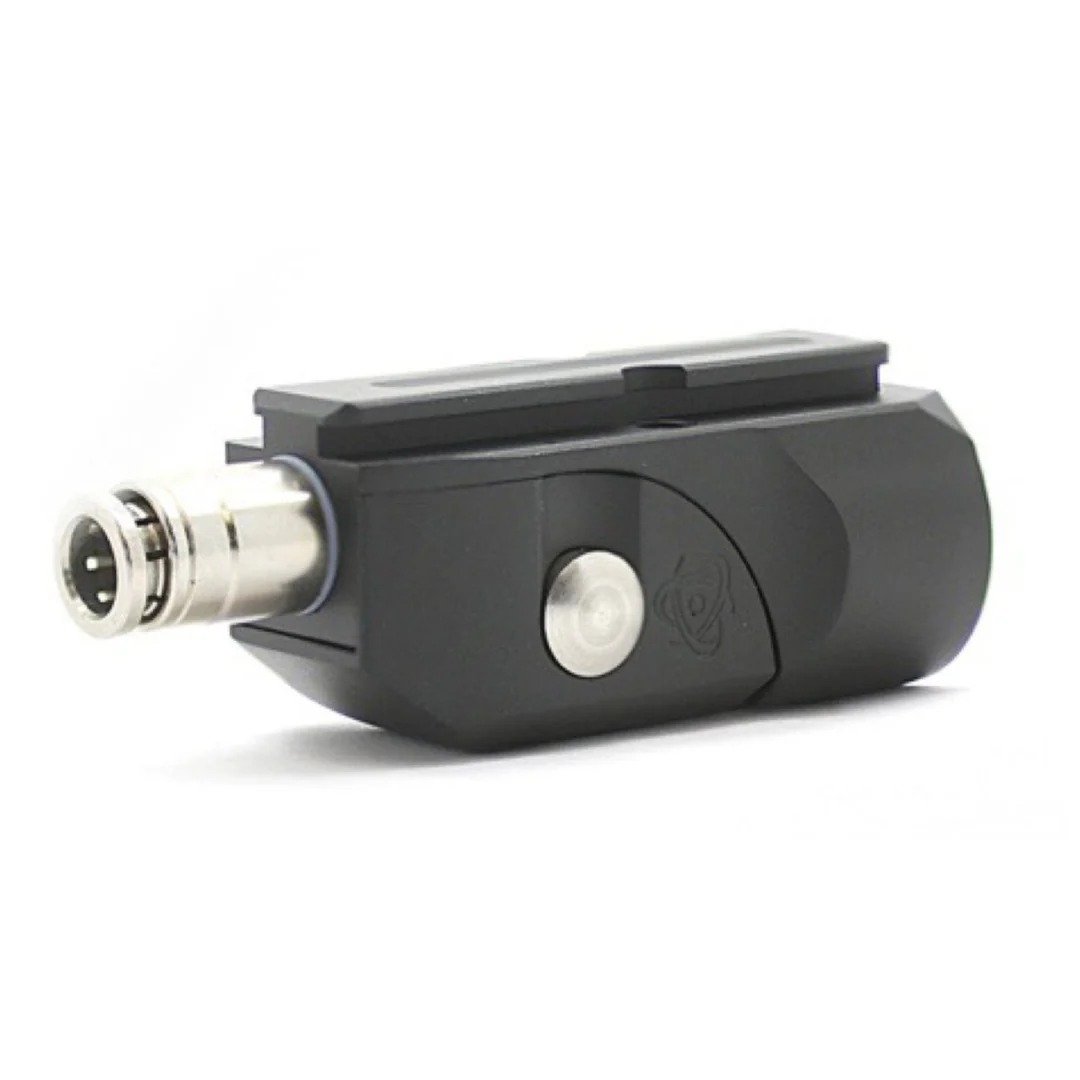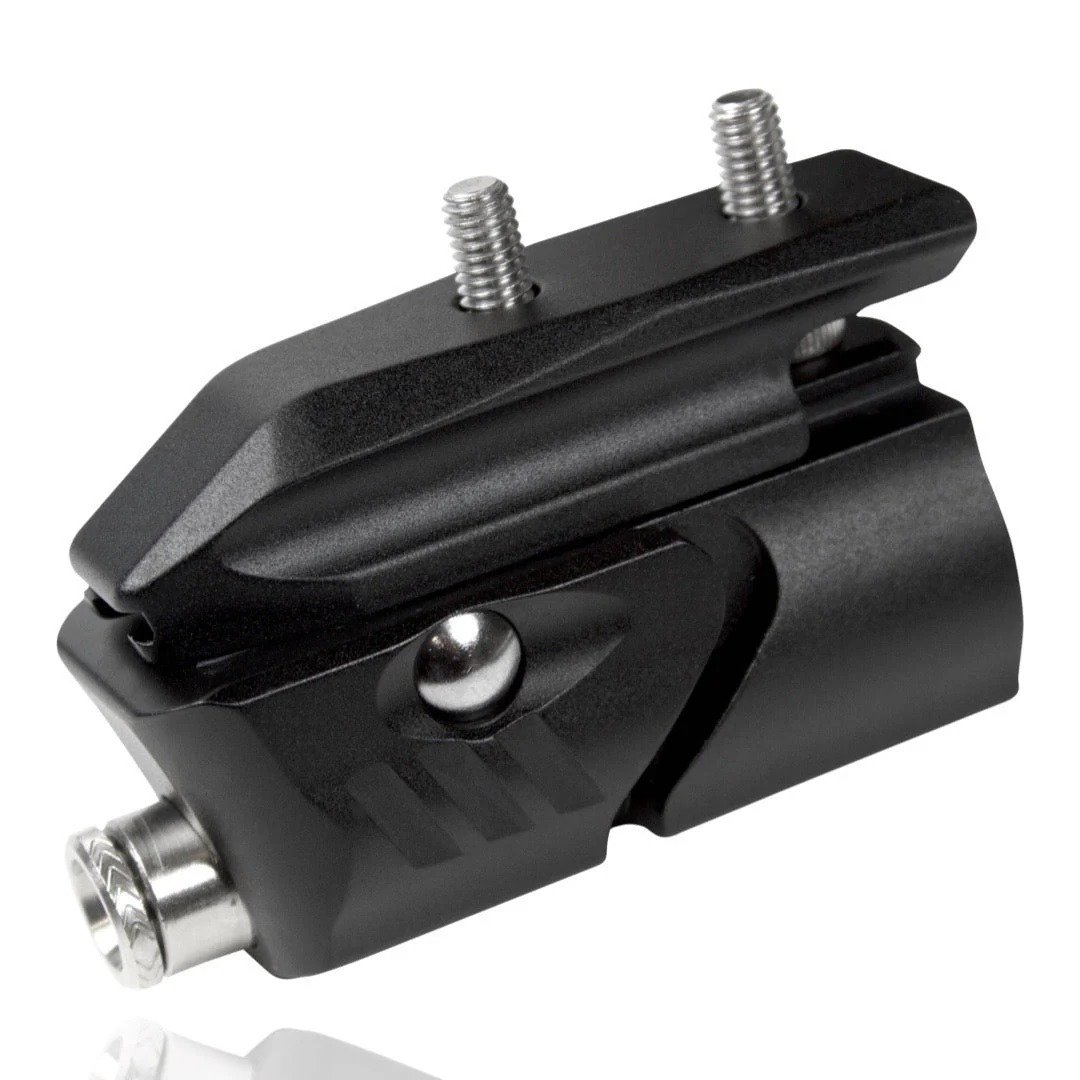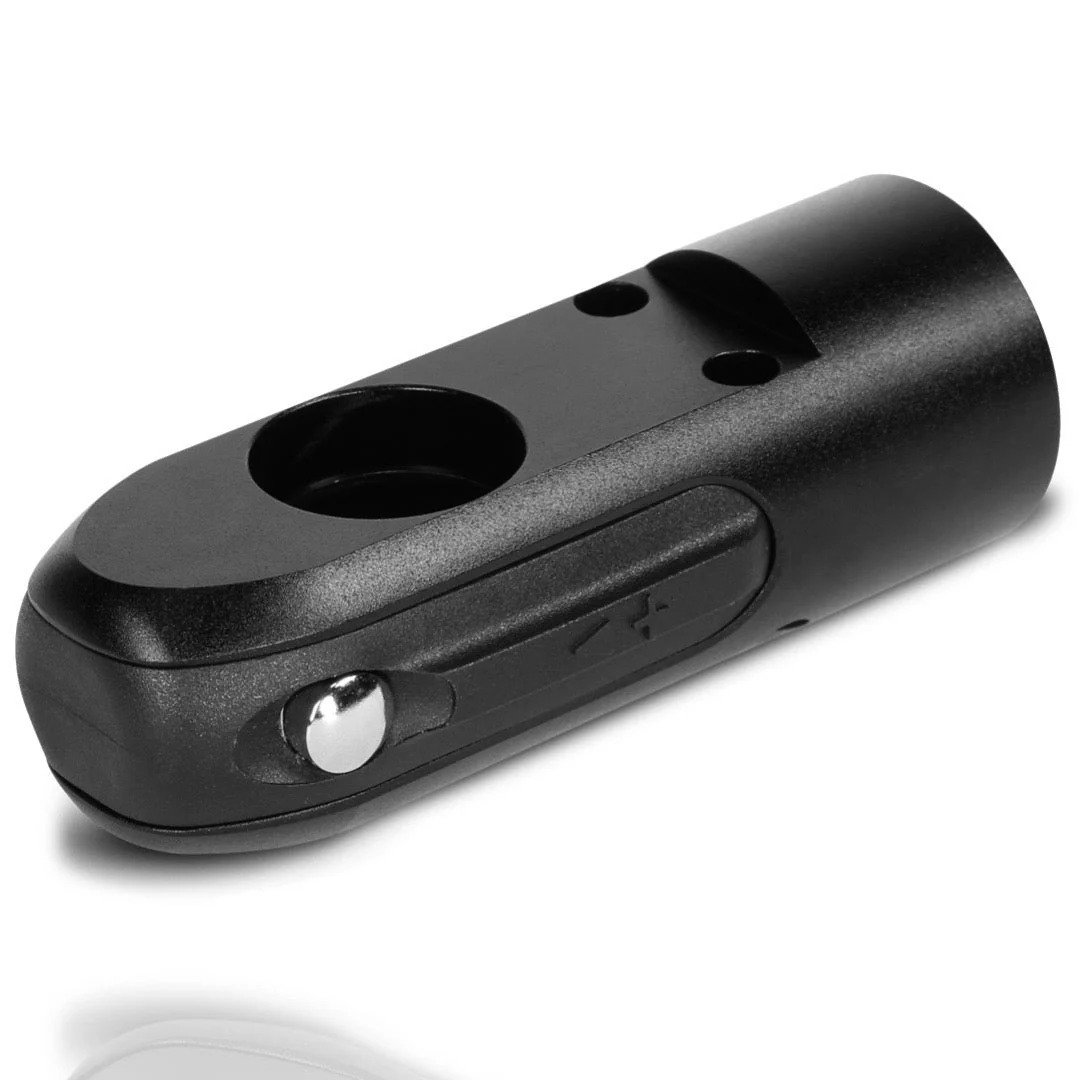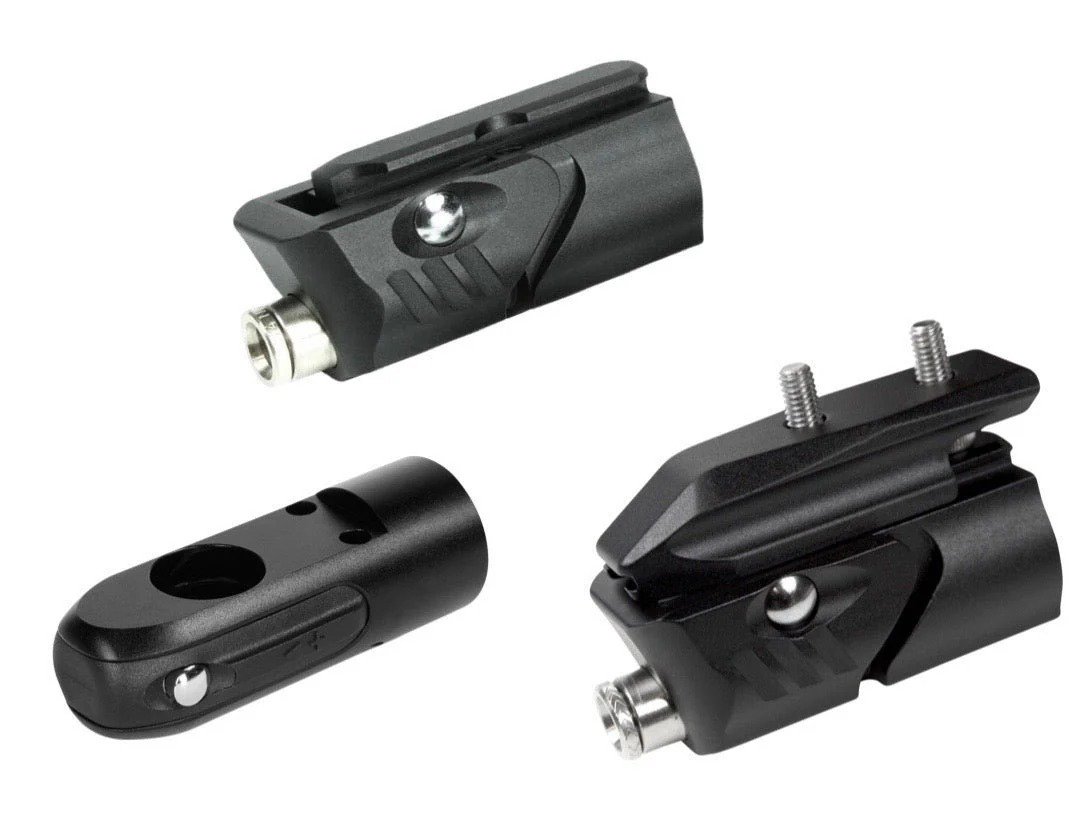CO2 cylinders are essential for industries like paintball, beverage carbonation, scuba diving, and industrial applications. Whether you distribute or store CO2 cylinders, understanding how long they last is crucial for maintaining quality and compliance.
Unused CO2cylinders can last indefinitely if stored properly. The gas inside remains stable, but external factors like cylinder material, storage conditions, and regulatory testing requirements determine their usability over time.
Conclusion: How Long Do Unused CO2 Cylinders Last?
CO2 cylinders do not expire, but their usability depends on material, storage conditions, and hydrostatic testing requirements.
- Steel CO2 cylinders last 10–30 years if kept dry and rust-free.
- Aluminum CO2 cylinders last 20+ years with proper care.
- Large industrial CO2 tanks can last indefinitely with regular maintenance.
To ensure cylinders remain safe and functional, distributors and retailers should store them properly, follow inspection schedules, and replace worn-out valves when needed.
The guide below explains the lifespan of CO2 cylinders, key factors affecting longevity, and best practices for storage and maintenance.
Table of Contents
What Determines the Lifespan of Unused CO2 Cylinders?
Unlike perishable goods, CO2 gas does not degrade over time. However, the cylinder itself is subject to wear, corrosion, and regulatory inspections. The following factors impact how long an unused CO2 cylinder remains usable:
1. Cylinder Material and Construction
CO2 cylinders are typically made from:
- Steel: Durable but prone to rust if exposed to moisture.
- Aluminum: Lighter and corrosion-resistant but can dent more easily.
Both materials can last for decades if properly maintained. The key difference is that steel requires extra care in humid environments to prevent rust.
2. Hydrostatic Testing Requirements
Even if a cylinder remains unused, industry regulations require periodic hydrostatic testing to ensure safety. In most countries:
- Steel and aluminum CO2 cylinders must be hydro-tested every 5 years.
- If a cylinder fails testing, it must be removed from service.
3. Storage Conditions
Proper storage plays a significant role in extending cylinder life:
- Dry, cool environments prevent rust and seal degradation.
- Cylinders should be stored upright to avoid valve damage.
- Direct sunlight and extreme heat should be avoided to prevent pressure fluctuations.
4. Valve and Seal Integrity
While CO2 itself does not expire, cylinder valves and seals can degrade over time, leading to potential leaks. Common issues include:
- Valve O-rings drying out or cracking.
- Minor leaks from improperly tightened fittings.
- Thread corrosion in high-humidity environments.
How Long Do Different Types of CO2 Cylinders Last?
The lifespan of a CO2 cylinder depends on its size, material, and intended use. Below is a breakdown of different types of CO2 cylinders and how long they last when unused.
1. Paintball and Airsoft CO2 Cylinders
Paintball fields and airsoft arenas rely on small refillable CO2 cylinders (12oz, 20oz, or 24oz steel tanks).
- Shelf Life: 10+ years if stored properly.
- Key Risks: Steel cylinders are prone to rust, especially if left in damp storage areas.
- Best Practices: Store in a sealed plastic container with silica gel packs to absorb moisture.
I once found a box of unused paintball CO2 tanks in a storage room after 8 years. Some had minor surface rust, while others were in perfect condition. The ones stored in a dry, climate-controlled area lasted the longest.
2. Beverage Industry CO2 Cylinders
Breweries, soda dispensers, and home kegerators use 5lb to 50lb aluminum CO2 cylinders for carbonation.
- Shelf Life: 20+ years with regular hydrostatic testing.
- Key Risks: Valves can degrade over time, leading to slow leaks.
- Best Practices: Keep cylinders upright and away from heat sources like ovens or refrigerators.
A brewery owner once shared that they had CO2 tanks in use for over 15 years with no issues—as long as they passed hydrostatic testing every 5 years.
3. Scuba Diving CO2 and Air Cylinders
Scuba shops and divers use aluminum and steel high-pressure cylinders for underwater breathing systems.
- Shelf Life: 30+ years with proper care and regular testing.
- Key Risks: Exposure to saltwater and humidity accelerates corrosion.
- Best Practices: Store in a dry, well-ventilated area and rinse after exposure to seawater.
I once visited a dive shop that had steel CO2 tanks from the 1980s still in use. They passed inspection every 5 years and remained fully functional.
4. Industrial and Medical CO2 Cylinders
Many industries use 100lb+ bulk CO2 tanks for welding, medical use, and manufacturing.
- Shelf Life: Indefinite if stored correctly and tested regularly.
- Key Risks: Improper storage can cause rust or valve failures.
- Best Practices: Follow OSHA and DOT regulations for large cylinder storage.
A gas supplier once mentioned that some industrial CO2 tanks in their facility were over 40 years old and still in service after regular hydro testing.
Signs That an Unused CO2 Cylinder Has Expired
Even if a CO2 cylinder remains unused, certain signs indicate it may no longer be safe to use.
1. Check the Hydrostatic Test Date
Every CO2 cylinder has a test stamp near the valve indicating when it was last inspected. If the test date is more than 5 years old, the cylinder must be tested before use.
2. Look for Rust or Corrosion
Rust weakens steel cylinders, making them more likely to fail under pressure. If you notice deep rust pits, the cylinder may no longer be safe.
3. Inspect the Valve and O-Rings
If the valve is loose, cracked, or corroded, it could lead to leaks. Replacing a faulty valve is sometimes possible, but in some cases, the entire cylinder must be retired.
A paintball field owner once told me they lost an entire batch of 20oz CO2 cylinders because they were stored in a damp shed. The external rust made them fail inspection, even though they had never been used.
Best Practices for Storing Unused CO2 Cylinders
Proper storage helps maximize the lifespan of CO2 cylinders and prevents costly replacements.
1. Keep Cylinders in a Climate-Controlled Area
Temperature and humidity are the biggest risks. Store cylinders in a dry, cool environment like a warehouse or storage room.
2. Store Cylinders Upright
Keeping cylinders upright prevents damage to the valve and internal components.
3. Inspect Cylinders Annually
Even if not in use, check cylinders every year for rust, pressure loss, or valve issues.
A restaurant supplier once told me they avoided CO2 shortages by inspecting their spare soda tanks every 6 months. This prevented last-minute failures and ensured their clients always had working CO2 cylinders.


